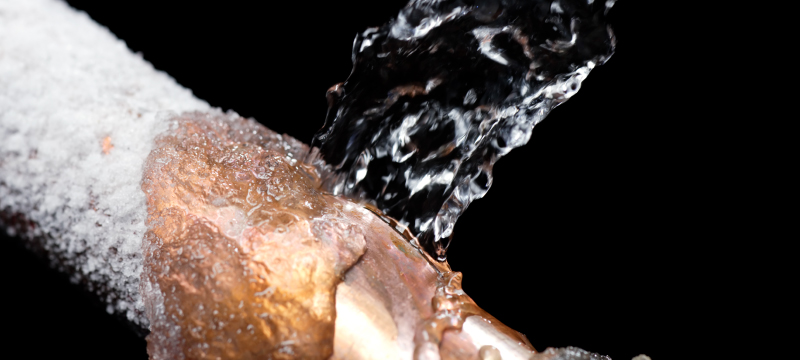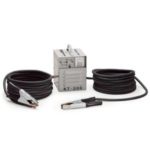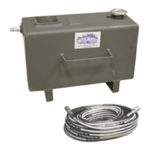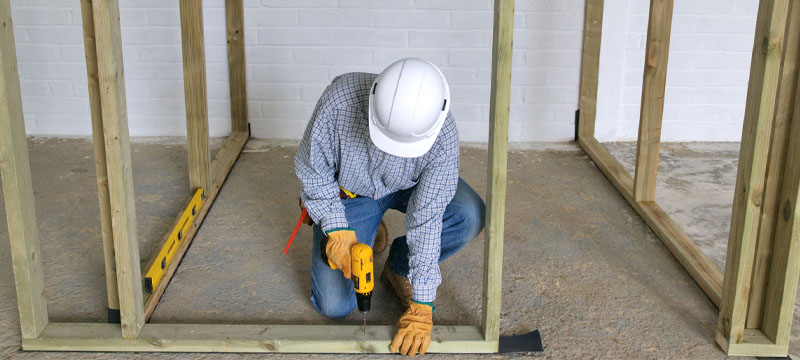Frozen pipes can be a real issue during the winter months. Pipes that run outdoors or along the home’s outer walls are the most vulnerable to freezing temperatures. Unfortunately, simply keeping the interior of your home warm isn’t enough protection for pipes that run close to exterior walls.
Water pipes running from the main water line into the home are pressurized to ensure adequate water pressure to shower, flush the toilet, and perform many other everyday tasks. This also means there is a lot of pressure behind the water if the pipes freeze and burst. A lot of water can enter your crawlspace or between the walls very quickly if your pipes happen to freeze and burst. Let’s examine how to thaw frozen pipes in the wall without tearing the wall apart to access them and the types of tools you’ll need.
Prepare to Thaw the Pipes
The water from your faucet won’t run if the water is frozen in the pipes. Turn the water off at the supply line if you suspect it is frozen. Turn the affected faucets on so the pressure can escape as the ice thaws. Follow the pipes from the inactive faucet until you find the frozen area. You should be able to identify the frozen area by the frost or ice. Some frozen areas may simply appear as small bulges in the pipes instead of showing signs of frost or ice.
Burst pipes will be much easier to find because they will likely be dripping with water, especially if you’ve already turned the water off at the supply line. If the pipe burst happened several hours ago and has been slowly leaking, you may see small frozen rivulets or icicles. A more recent burst may still spray water; there’s pressure in the line.
Frozen Pipes in the Wall or Ceiling
Frozen pipes in the wall or ceiling present unique challenges. You obviously don’t want to tear out the wall or ceiling to expose the frozen pipe and thaw them. Here are a few ways to thaw pipes in the wall or ceiling as long as thhaven’tn’t already burst:
Pipes at Risk for Freeze
The Pipes along an exterior wall will most likely freeze during freezing weather. Pipes protected by insulation between the floors of your multi-story home or otherwise well-insulated are at a much lower risk of freezing during winter. Here is a small list of pipes that are more susceptible to freeze:
How to Avoid Frozen Pipes
The best way to avoid having to thaw frozen pipes in the wall is to keep them from freezing. Moving water doesn’t freeze as quickly as water that is still inside the pipes. Leave your faucets on just enough to create movement in the pipes so the water has less chance of freezing. Here are a few more ways to avoid frozen pipes this winter.
Tools for Thawing Frozen Pipes in a Wall
We mentioned several tools and supplies to prevent or thaw frozen pipes in the wall. We have everything you need to address frozen pipes and ensure that thdon’tn’t become frozen again.






